The Teachers of Gurdjieff is a book by Rafael Lefort that describes a journey to the Middle East and central Asia in search of the sources of G. I. Gurdjieff's teaching, [1] and culminates in the author's own spiritual awakening, by meeting and "opening" to the teachings of the Naqshbandi Sufis. The author's search finally leads him to the Sarmoun monastery in Northern Afghanistan where Gurdjieff had been previously taught. [1]
The authors of the Handbook of Islamic Sects and Movements, Muhammad Afzal Upal and Carole M. Cusack consider the book to be a product of the Sufi school associated with Idries Shah and his brother Omar Ali-Shah, and cast doubt on its authenticity. [2] While Upal and Cusack speculate that the "polemic" writing style could be that of Omar Ali-Shah, [2] British historian Mark Sedgwick believes that Rafael Lefort is "almost certainly a pseudonym for Idries Shah." [3] Speaking at the First International Conference on Theosophical History held in London on 18–20 July 1986, Paul Johnson added to the speculation that The Teachers of Gurdjieff was the work of Idries Shah, and that it "seems to have been written to attract Gurdjieff's followers to contemporary Sufism." [1] The Gurdjieff biographer James Moore describes the book as a "distasteful fabrication". [4]
The book first appeared in 1966 from the British publishing house Victor Gollancz. A second edition was published in 1998 by Malor Books under the editorial directorship of Robert Ornstein, a prominent American associate of Idries Shah. A Spanish version has been published by Alif Publishing Corp., which publishes many of Omar Ali-Shah's works, and a Portuguese one by Edições Dervish. A French version ("Les maîtres de Gurdjieff") has been published by Le Courrier du Livre in 1977.

Sufism is a mystic body of religious practice found within Islam which is characterized by a focus on Islamic purification, spirituality, ritualism, and asceticism.
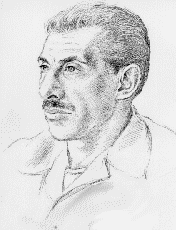
Idries Shah, also known as Idris Shah, Indries Shah, né Sayed Idries el-Hashimi and by the pen name Arkon Daraul, was an Afghan author, thinker and teacher in the Sufi tradition. Shah wrote over three dozen books on topics ranging from psychology and spirituality to travelogues and culture studies.
The Sarmoung Brotherhood was an alleged esoteric Sufi brotherhood based in Asia. The reputed existence of the brotherhood was brought to light in the writings of George Gurdjieff, a Greek-Armenian spiritual teacher. Some contemporary Sufi-related sources also claim to have made contact with the group although the earliest and primary source is Gurdjieff himself, leading most scholars to conclude the group was fictional.

Islamic schools and branches have different understandings of Islam. There are many different sects or denominations, schools of Islamic jurisprudence, and schools of Islamic theology, or ʿaqīdah (creed). Within Islamic groups themselves there may be differences, such as different orders (tariqa) within Sufism, and within Sunnī Islam different schools of theology and jurisprudence. Groups in Islam may be numerous, or relatively small in size.
Omar Ali-Shah was a prominent exponent of modern Naqshbandi Sufism. He wrote a number of books on the subject, and was head of a large number of Sufi groups, particularly in Latin America, Europe and Canada.
Muḥammad ibn Ali ibn Muḥammad ibn Abd Allah, better known as al-Shawkānī (الشوكاني)(1759–1834), was a prominent Yemeni Sunni Islamic scholar, jurist, theologian and reformer. Shawkani was one of the most influential proponents of Athari theology and is respected as one of their canonical scholars by Salafi Muslims. His teachings played a major role in the emergence of the Salafi movement. Influenced by the teachings of the medieval Hanbali scholar Ibn Taymiyya, Al-Shawkani became noteworthy for his staunch stances against the practice of Taqlid, calls for direct interpretation of Scriptures, opposition to Kalam as well as for his robust opposition to various folk practices which he condemned as shirk (idolatry).
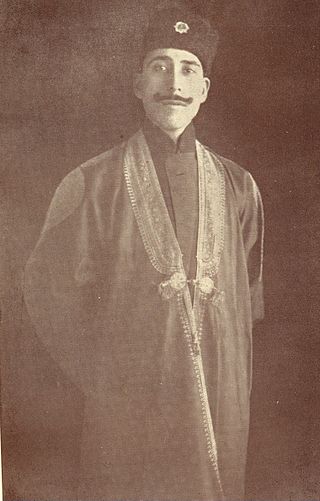
Sirdar Ikbal Ali Shah was an Indian-Afghan author and diplomat descended from the Sadaat of Paghman. Born and educated in India, he came to Britain as a young man to continue his education in Edinburgh, where he married a young Scotswoman.
Muhammad GhawthGwaliyari (1500–1562) was a 16th-century Sufi master of the Shattari order and Sufi saint, a musician, and the author of Jawahir-i Khams. The book mentioning the life and miracles of Gaus named " Heaven's witness" was written by Kugle.

Khwājagān is a Persian title for "the Masters". Khwajagan, as the plural for "Khwāja", is often used to refer to a network of Sufis in Central Asia from the 10th to the 16th century who are often incorporated into later Naqshbandi hierarchies, as well as other Sufi groups, such as the Yasaviyya. In Firdowsi's Shahnama the word is used many times for some rulers and heroes of ancient Iran as well. The special zikr of the Khwajagan is called 'Khatm Khajagan'.

Saira Elizabeth Luiza Shah was a Scottish writer who wrote under the pen name Morag Murray Abdullah. She met the Pashtun author, poet, diplomat, scholar, and savant Sirdar Ikbal Ali Shah and wrote a fictional account of her marriage and travels in the North-West Frontier Province of British India and the mountains of Afghanistan.
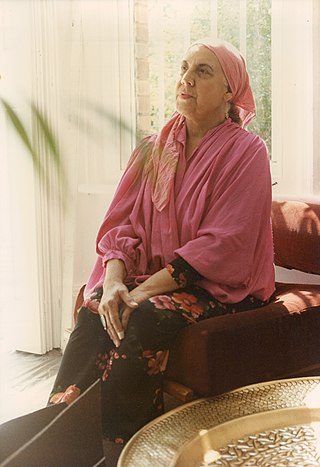
Amina Maxwell-Hudson was a British anthologiser of Sufi stories and folk tales, and was for many years the Chairperson of the College of Storytellers. She was the sister of the Sufi writers Idries Shah and Omar Ali-Shah, and the daughter of Sirdar Ikbal Ali Shah and Saira Elizabeth Luiza Shah, a Scottish woman. Her nephew is the travel writer and documentary filmmaker Tahir Shah; her nieces are Safia Shah and the writer and documentary filmmaker Saira Shah.
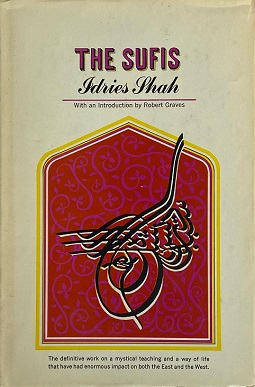
The Sufis is one of the best known books on Sufism by the writer Idries Shah. First published in 1964 with an introduction by Robert Graves, it introduced Sufi ideas to the West in a format acceptable to non-specialists at a time when the study of Sufism had largely become the reserve of Orientalists.
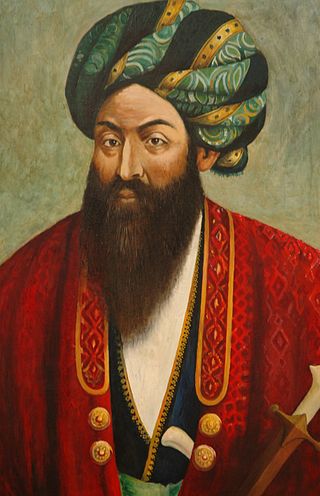
Saiyed Muhammed Shah, better known by his title as Jan-Fishan Khan, was a 19th-century Afghan noble chieftain (nawab) He participated in the First Anglo-Afghan War (1839–42) and the Indian Rebellion of 1857, and on both occasions, he supported the British. For his services to the British, Khan was granted the estate of Sardhana and is the forefather of the Nawabs of Sardhana.
Arif Ali-Shah is a British film writer and screenplay writer. Following in his distinguished family's footsteps, he is also a teacher in the Naqshbandi Sufi mystical tradition.
Octagon Press was a cross-cultural publishing house based in London, UK. It was founded in 1960 by Sufi teacher, Idries Shah to establish the historical and cultural context for his ideas. The company ceased trading in 2014.
The Idries Shah Foundation (ISF) is an independent educational and cultural charity, set up by the family of the late thinker, writer, and teacher in the Sufi mystical tradition, Idries Shah, who wrote over three dozen books on topics ranging from psychology and spirituality to travelogues and culture studies.
Muhammad Afzal Upal is a writer and a cognitive scientist with contributions to cognitive science of religion, machine learning for planning, and agent-based social simulation.
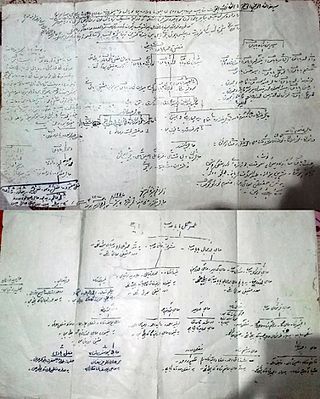
Khwajgan, also known as Khwaja Khel,(خواجه خېل) is a clan or family of Yusufzai Pashtuns Khwajgan settled in different parts of Swat valley Zhob District loralai District and Tank DistrictPakistan, i.e. in Bara Bandai, Mingora, Barikot, Charbagh and Dakorak. Khwajgan is the title for "the Masters" or "learned people". Khwajgan, as the plural for "Khwāja", is often used to refer to a network of Sufis in Central Asia from the 10th to the 16th century. In Firdowsi's Shahnama the word is used many times for some rulers and heroes of ancient Iran as well. Khwajgan or Khwaja Khel of Swat valley are those who follow Pashtunwali, a non-written ethical code.
Victor Danner was a Mexican-American author, researcher, and translator specializing in comparative religion and Islamic mysticism.









